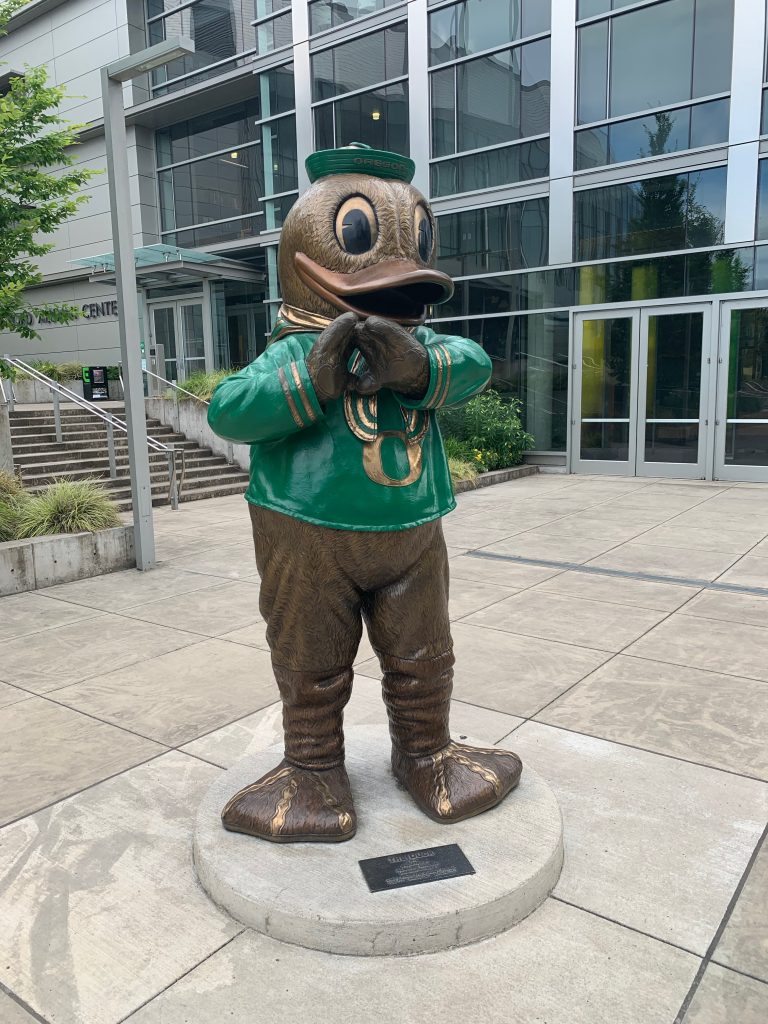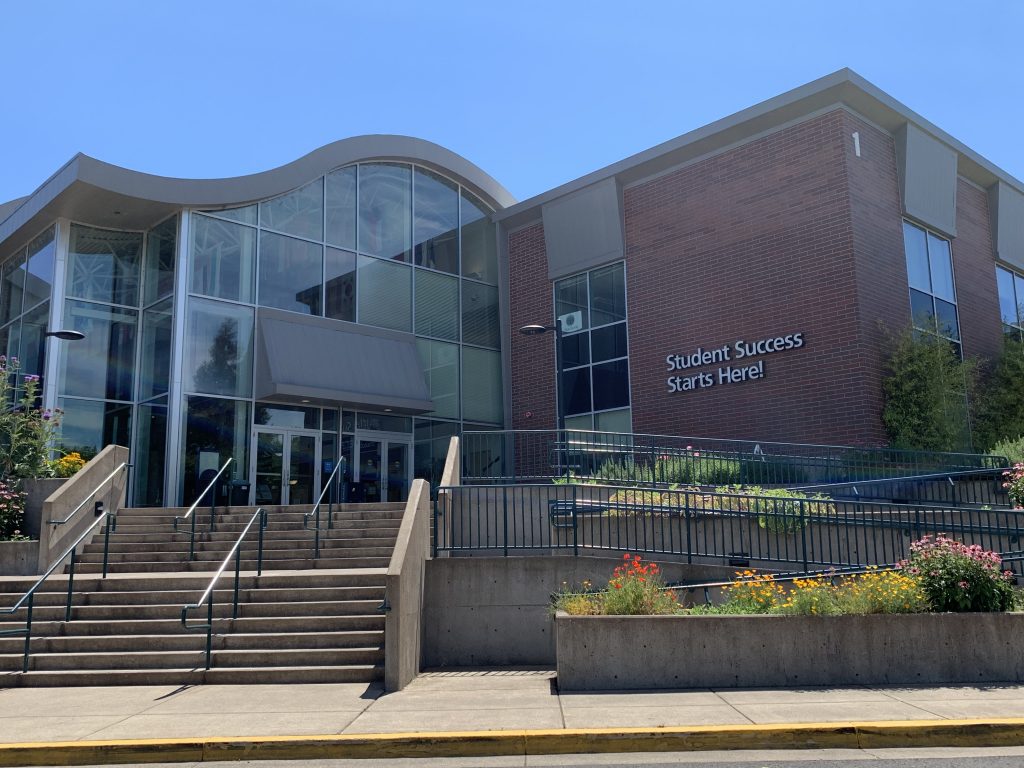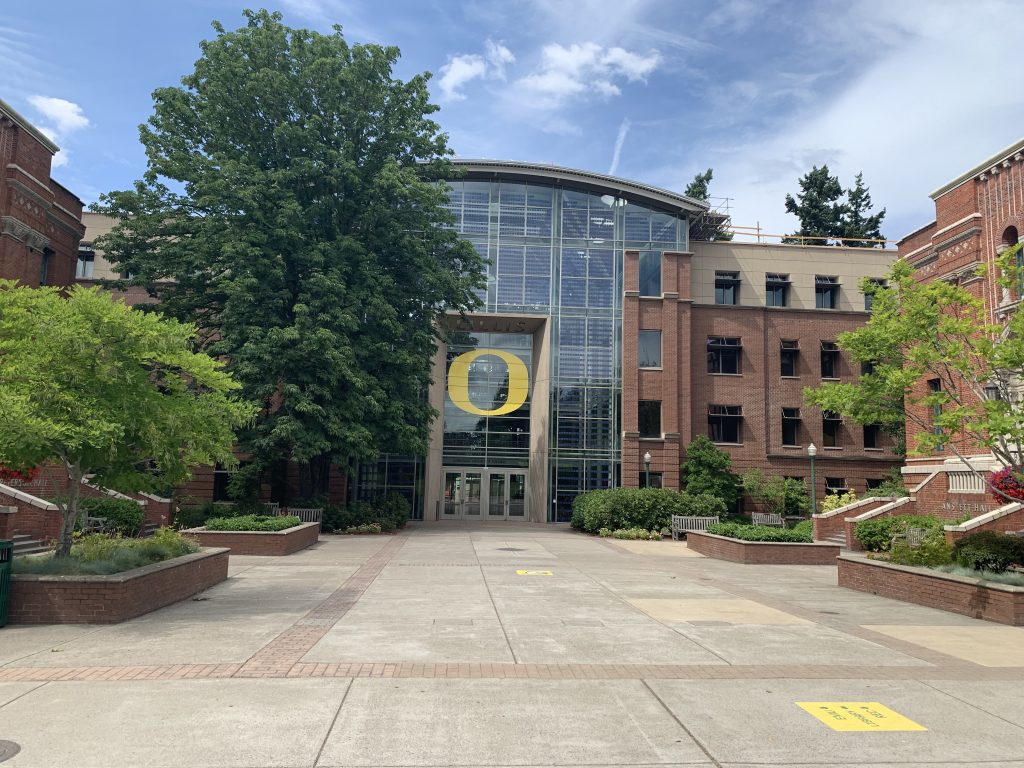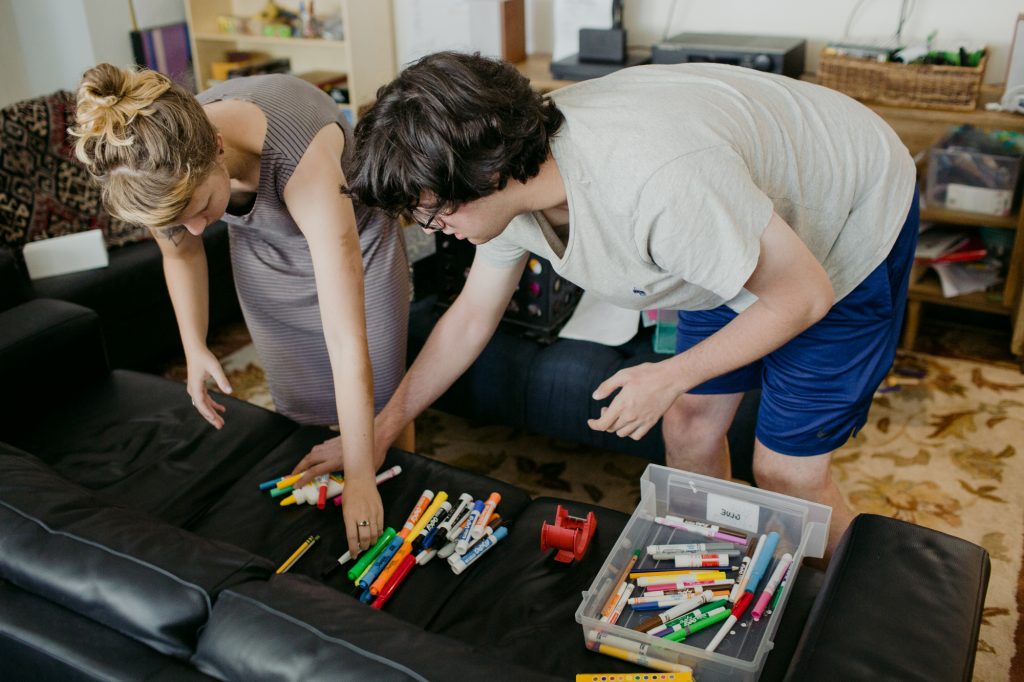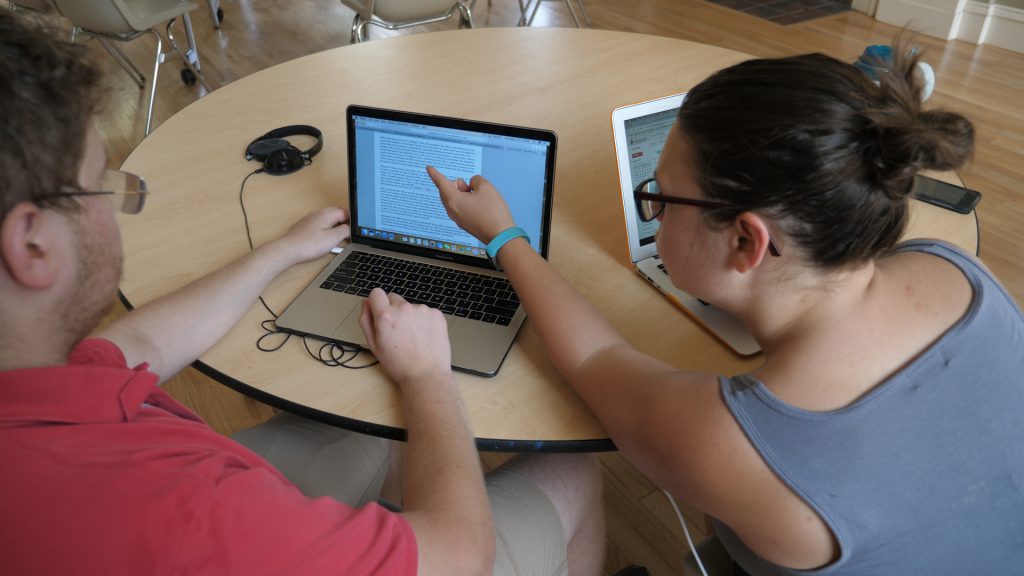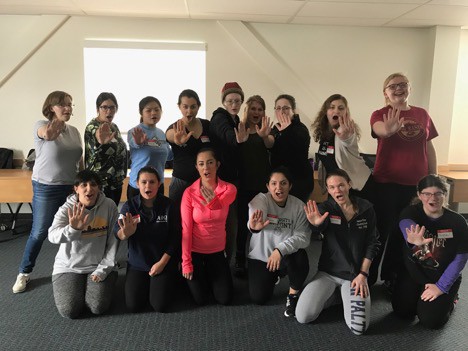All Mansfield Hall team members are trained in the evidenced-based strategies necessary for promoting success with our students. These cohesive methods pay respect to the individual as the central agent in identifying, strategizing, and sustaining the change they wish to see in their own lives. Furthermore, these strategies focus on building the maintainable skills needed to generalize across contexts and situations. Here are some of the strategies and philosophical approaches which inform our programming:
Motivational interviewing (MI) refers to an approach in part developed by clinical psychologists Professor William R Miller, Ph.D. and Professor Stephen Rollnick, Ph.D. Motivational Interviewing is a method that works on facilitating and engaging intrinsic motivation within the student in order to set new habits and change behavior. MI is a goal-oriented, client-centered, relationally-based coaching style for eliciting lasting change by helping students explore and resolve ambivalence, set and achieve goals, and increase their capacity for effective self-monitoring. Read more.
Collaborative Problem Solving (CPS) is a method for understanding and helping students work through challenges, originated by Dr. Stuart Ablon. The CPS model views challenges as an expression of a skill deficit or a learning disability and seeks to create fundamental changes in interactions between students and support staff by having them engage in solving problems collaboratively. This is a relationally-based approach designed to increase student agency and efficacy. Read more.
Person-Centered Planning – Person-centered planning is an approach that empowers individuals by placing them at the heart of decision-making processes and actively involving them in creating and implementing plans for their own lives. It recognizes each person’s unique strengths, preferences, and aspirations, and aims to enhance their autonomy, self-determination, and overall well-being. Person-centered planning values the individual’s perspective, encourages active participation from family, friends, and support networks, and strives to ensure that services and supports align with the person’s goals, promoting a more inclusive and fulfilling life. Read More.
Social Emotional Learning
Core to our model is providing structured and community based opportunities for our students to build their Social Emotional Learning. With the right guidance and interventions through coaching and case management, living and learning in a community setting and college environment creates unique and ideal conditions for students to develop the following skills:
- Self Awareness
- Self Management
- Relationship Skills
- Social Awareness
- Responsible Decision Making
Pre-storative & Restorative Practices
Pre-storative and restorative practices in a college life setting refer to approaches that foster a sense of community, promote positive relationships, and address conflicts and harm in a constructive and healing manner. Pre-storative practices focus on proactive measures, such as community-building activities, open communication, and conflict prevention strategies, with the aim of creating a supportive environment where conflicts are less likely to occur. Restorative practices, on the other hand, emphasize repairing harm and rebuilding relationships when conflicts do arise. They involve inclusive dialogue, accountability, and active participation from all parties involved, aiming to understand the impact of actions, facilitate empathy, and collectively work towards resolution and reconciliation. These practices encourage personal growth, mutual understanding, and the development of a healthier campus community. Read More.
Universal Design for Learning (UDL) is an educational framework based on research in the learning sciences, including cognitive neuroscience, that guides the development of flexible learning environments that can accommodate individual learning differences.
Recognizing that the way individuals learn can be unique, the UDL framework, first defined by David H. Rose, Ed.D. of the Harvard Graduate School of Education and the Center for Applied Special Technology (CAST) in the 1990s, calls for creating strategies from the outset that provides:
- Multiple means of representation to give learners various ways of acquiring information and knowledge,
- Multiple means of expression to provide learners alternatives for demonstrating what they know, and
- Multiple means of engagement to tap into learners’ interests, challenge them appropriately, and motivate them to learn.
Curriculum, as defined in the UDL literature, has four parts: instructional goals, methods, materials, and assessments. UDL is intended to increase access to learning by reducing physical, cognitive, intellectual, and organizational barriers to learning, as well as other obstacles. UDL principles also lend themselves to implementing inclusionary practices in the classroom.
(All excerpts replicated or adapted from material on various pages and resources on the internet. For specific references, please contact us.)
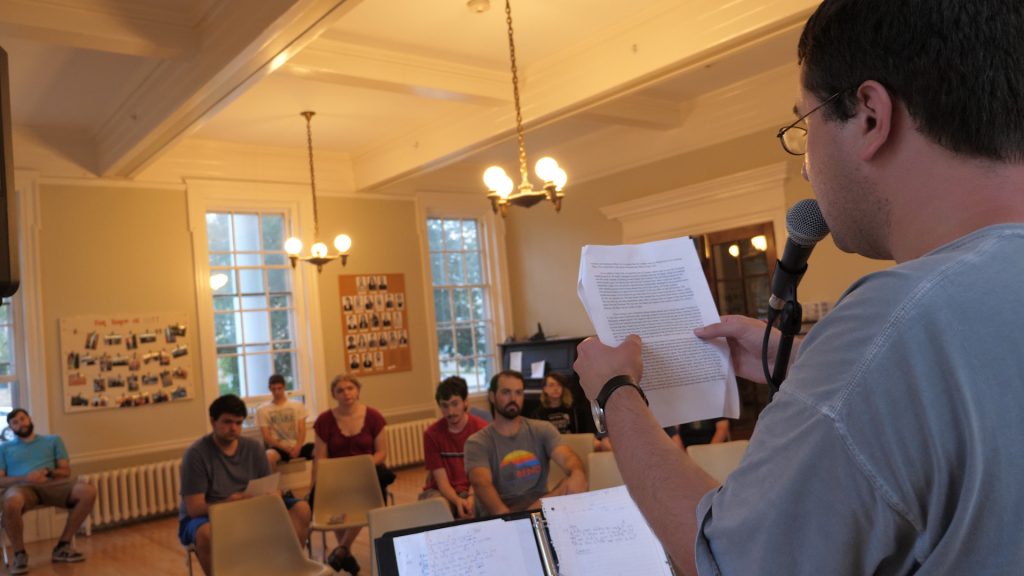

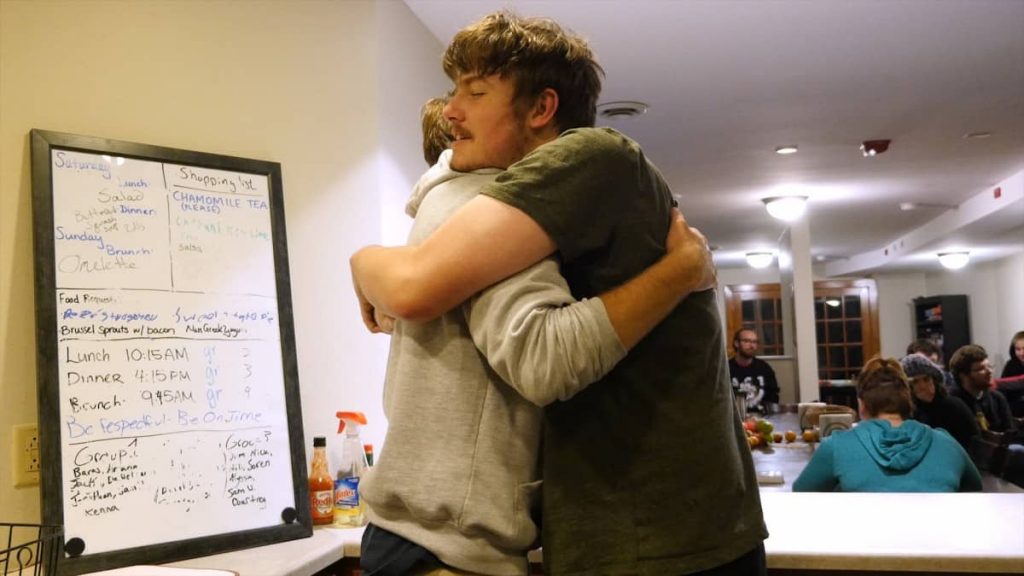
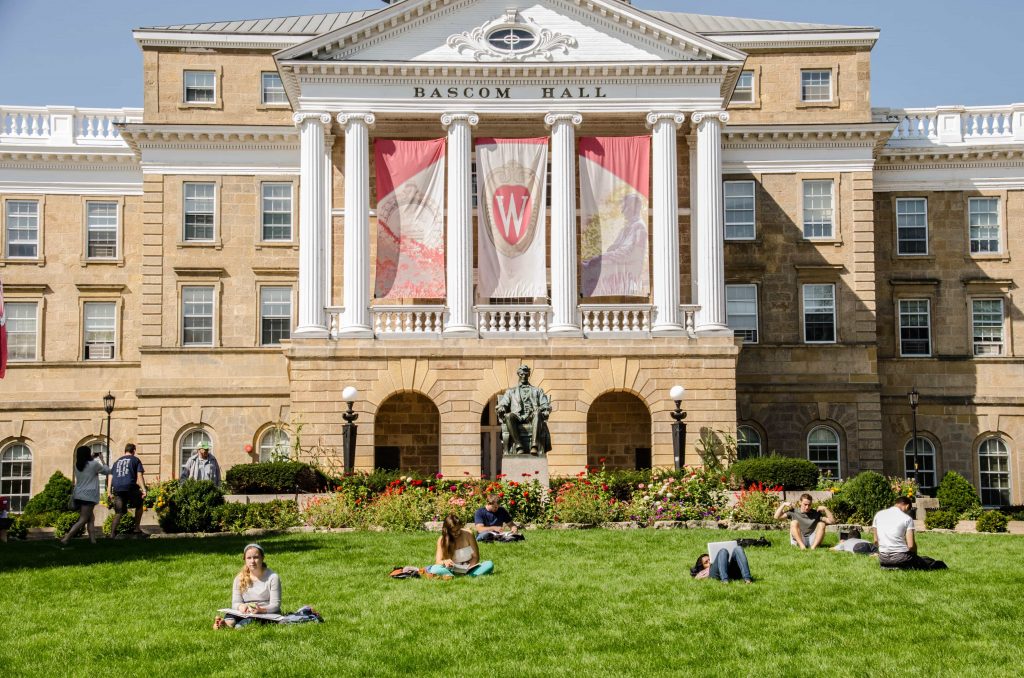

RESEARCH
Mansfield Hall adopts a relationally-driven strength-based approach and correspondingly focuses on student strengths in overcoming their challenges.
Research has clearly concluded that building resiliency provides greater outcomes than simply focusing on risk factors (Werner, 2001). Thus, our program is centered around building the skills requisite for improving resiliency: social competence, problem-solving, sense of purpose, and autonomy. These skills are effectively developed within a community rich with environmental protective factors: caring relationships, high expectations, and meaningful participation. With a combination of the environmental protective factors provided by our community and a focus on building resiliency in all aspects of our program, our students demonstrate generalizable and sustainable outcomes necessary for a meaningful life.
Support for our Four Core Approach
Our four core approach is based on the belief that all people must have the opportunity to participate and grow in all aspects of a well-rounded lifestyle. Thus, we provide students with the opportunity to learn, live, give, and engage to develop the authentic skills necessary for a meaningful life. Not only is focusing on learning, living, giving, and engaging helping students reach their true potential, but our approach is supported by extensive research in each domain:
Comprehensive
Test, D. W., Fowler, C. H., Richter, S. M., Mazzotti, V., White, J., Walker, A. R., Kohler, P., & Kortering, L. ( 2009). Evidence-based practices in secondary transition. Career Development for Exceptional Individuals, 32, 155-128. doi: 10.1177/0885728809336859
Learning
Zafft, C., Hart. D., & Zimbrich, K. (2004). College Career Connection: A Study of Youth with Intellectual Disabilities and the Impact of Postsecondary Education. Education and Training in Developmental Disabilities, 39(1), 45–53.
Dolyniuk, C. A., Kamens, M. W., Corman, H., DiNardo, P. O., Totaro, R. M., & Rockoff, J. C. (2002). Students with developmental disabilities go to college: Description of a collaborative transition project. Focus on Autism and Other Developmental Disabilities, 17(4), 236-241.
Hart, D., Mele-McCarth, J., Pasternack, R. H., Zimbrich, K. & Parker, D. R. (2004). Community College: A Pathway to Success for Youth with Learning, Cognitive, and Intellectual Disabilities in Secondary Settings. Education and Training in Developmental Disabilities, 39(1), 54–66.
Living
VanBergeijk, E., Klin, A. and Volkmar. F. (2008). Supporting More Able Students on the Autism Spectrum: College and Beyond. Journal of Autism and Developmental Disorders.
Stancliffe, R. J. & Keane, S. (2000). Outcomes and costs of community living: A matched comparison of group homes and semi-independent living. Journal of Intellectual and Developmental Disability, 25:4, 281-305.
Giving
Miller, K., Schleien, S., Rider, C., Hall, C., Roche, M., & Worsley, J. (2002). Inclusive volunteering: Benefits to participants and community. Therapeutic Recreation Journal, 36(3), 247-259.
Primavera, J. (1999). The unintended consequences of volunteerism: Positive outcomes for those who serve. Journal of Prevention & Intervention in the Community, 18(1/2), 125-140.
Moore, C. W., & Allen, J. P. (1996). The effects of volunteering on the young volunteer. The Journal of Primary Prevention, 17(2), 231-258.
Engaging
Murphy, N. A., Carbone, P. S., & the Council on Children With Disabilities (2008). Promoting the Participation of Children With Disabilities in Sports, Recreation, and Physical Activities. Pediatrics, 121 (5), 1057 -1061.
Rynders, J., Schleien, S., Meyer, L., Vandercook, T., Mustonen, T., Coland, J., & Olson, K. (1993). Improving interaction outcomes for children with and without disabilities through cooperatively structured, recreation activities: A synthesis of research. Journal of Special Education, 26(4), 386407.


